In the next chapter of “Through the Wormhole” Morgan Freeman asked the ultimate question, “how did we get here?” “Did the first earthlings rise from a chemical soup bubbling in a primordial pond, or did the seeds of life crash down from outer space?” The accepted theory for years has been that we arose from this chemical primordial soup. As we gain more understanding of our universe, we begin to expand on that theory. We may still have evolved from this chemical soup, but did this chemical soup have its origins on planet Earth? We have yet to find out how these chemicals evolved into something that is alive.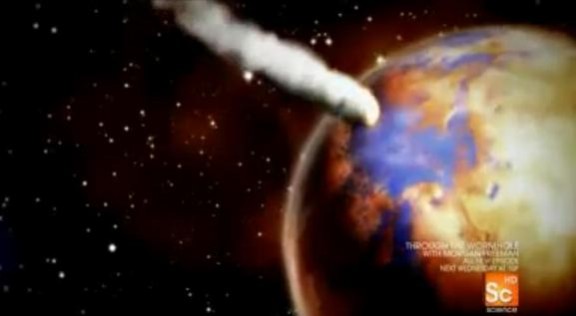
Freeman said “To solve the mystery of our genesis we have to rewind evolution. Go back to the time and place the first living beings came to be.” He takes us back to our solar system 4 billion years ago to the Hadean. It is named the Hadean because it was “hell on Earth.” This was the time of the Late Great Bombardment where comets and asteroids were smashing into Earth at thousands of miles per hour. 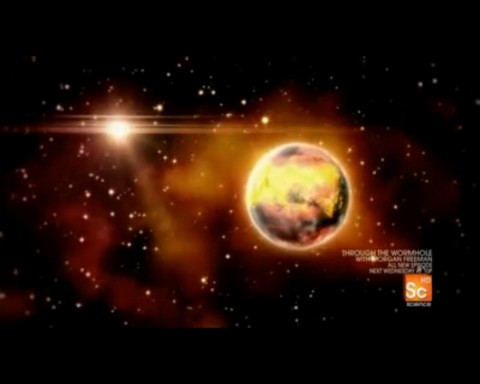
Professor Stephen Mojzsis with the University of Colorado geology department believes that it was possible for life to live during the Hadean period. He paints a picture for us of what Earth would have been like 4 billion years ago during the Hadean period. The sky would have been red instead of blue, the moon would have been bigger in our sky because it was closer to the Earth, and the seas would be green with high concentrations of iron. This Earth would have been incapable of supporting human life, but Professor Mojzsis is certain that some life could have survived during the Hadean period. There are environments on earth that life flourishes in extreme environments. 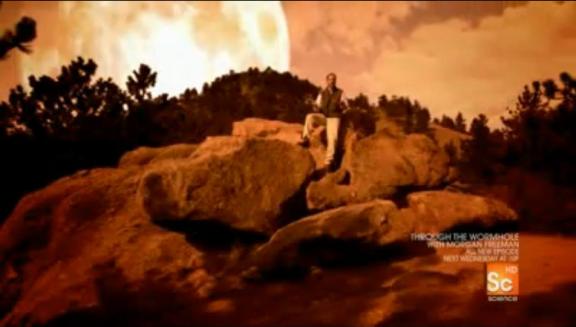
We study life that existed thousands of years ago by studying fossils, but rocks that survived the Hadean period are hard to come by. Professor Mojzsis has found an outcrop of Hadean rock in Greenland. In the rock from this outcrop, he found something very interesting. He found a carbon life signature. Freeman explained carbon 12 and carbon 13 or heavy carbon. Carbon is all around us and in us, but how do geologists differentiate between geological carbon and carbon that is found in living organisms? Carbon that is found in life is made up of carbon 12 only. It discriminates against carbon 13. The carbon that was found in these 3.8 billion year old rocks was made up of carbon 12 only. Professor Mojzsis has a computer simulation of the late bombardment and it shows that life could have survived.
What actually caused life to start on Earth? That is the next question Freeman asked. In 1953 Stanley Miller and Harold Urey performed an experiment that would simulate how life may have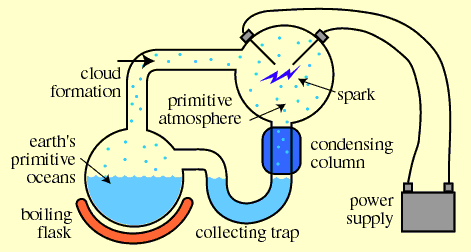 begun on early Earth. In one flask they put the gases methane, ammonia, hydrogen, and water. They then ran an electrical current through the system that would be like lightning on early Earth. “Perhaps inspired by the book of Genesis they left their experiment to run for 7days.” The flask that represented the ocean began to slowly change to a brown sludge. In this brown sludge they found amino acids.
begun on early Earth. In one flask they put the gases methane, ammonia, hydrogen, and water. They then ran an electrical current through the system that would be like lightning on early Earth. “Perhaps inspired by the book of Genesis they left their experiment to run for 7days.” The flask that represented the ocean began to slowly change to a brown sludge. In this brown sludge they found amino acids.
Jennifer Blank of SETI believes that life “came from the sky at 20,000 miles per hour.” In 1999 Stardust voyaged to a comet to get a sample of the comet. Thee samples that they retrieved showed complex amino acids. She has performed experiments to see if these building blocks of life could survive the entry into the atmosphere along with the impact. She found that if the comet came in at just the right angle it could survive the impact. She took a bullet and filled it with 2 amino acids and fired it with just enough power to simulate an impact on Earth. What she found was exciting! She found that the 2 amino acids that she had in the bullet actually combined to make even more complex amino acids. “They helped amino acids join together. Perhaps, even forming primitive proteins.” 
“Why did the tree of life grow in the first place? To solve that mystery we have to find the seed.” We are then given a lesson in biology. Every living organism on Earth shares something in common. We all have a cell that is surrounded by a membrane.
Dr. Jack Szostak is a professor at Harvard’s school of medicine and a recipient of the 2009 Nobel Prize in physiology. He explains that cells have to be surrounded by a membrane or everything inside would diffuse out. Dr. Szostak is in search of what primitive cell membranes would have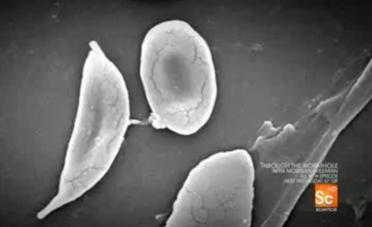 looked like, and he turns to the common soap bubble for comparison. Soap bubbles are made up of fatty acids. Dr. Szostak recreated the conditions of a geyser in his lab because he believes that the hydrothermal vents could have binded the molecules to make fatty acids. He then mixed them in with water, salt, and amino acids. The result of this experiment was tiny hollow bubbles formed. The chemicals formed membranes, and this could be how the first cell membranes formed. This may be how the first cell membranes came to be, but as Freeman points out, there can be no life unless cells can grow and divide. Szostak shook the membranes and the membranes started to expand and grow.
looked like, and he turns to the common soap bubble for comparison. Soap bubbles are made up of fatty acids. Dr. Szostak recreated the conditions of a geyser in his lab because he believes that the hydrothermal vents could have binded the molecules to make fatty acids. He then mixed them in with water, salt, and amino acids. The result of this experiment was tiny hollow bubbles formed. The chemicals formed membranes, and this could be how the first cell membranes formed. This may be how the first cell membranes came to be, but as Freeman points out, there can be no life unless cells can grow and divide. Szostak shook the membranes and the membranes started to expand and grow.
“To be truly alive those cells need one vital ingredient, genes.” DNA determines everything about life and how it looks. As Freeman points out, every time a gene divides it places a copy of itself in both cells. Scientist believe that early life could have originated with RNA which is a single stranded molecule. RNA is made up of sugar molecules and nuclear molecules. Scientists for years were unable to reproduce the condition in which sugar and nuclear molecules could have come together. Finally scientist recreated what early Earth would have been like and were able to produce 2 of the 4 basic building blocks of RNA.
Paul Davies is a cosmologist and he believes that we are not the only forms of life on Earth 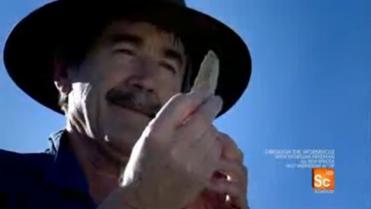 present day. He believes that simple life forms as well as complex life forms co-exist on Earth today, and that life has formed many times on Earth. Paul Davies coined the term “shadow biosphere”, and this is simply a biosphere on Earth that we wouldn’t normally search for life. It is a microbial biosphere, and the microbial world has not been studied as in depth as our own. The theory is there may still be living organisms that consist of RNA, and they may go undetected because they do not contain ribosomes. Ribosomes are used today to detect living organisms.
present day. He believes that simple life forms as well as complex life forms co-exist on Earth today, and that life has formed many times on Earth. Paul Davies coined the term “shadow biosphere”, and this is simply a biosphere on Earth that we wouldn’t normally search for life. It is a microbial biosphere, and the microbial world has not been studied as in depth as our own. The theory is there may still be living organisms that consist of RNA, and they may go undetected because they do not contain ribosomes. Ribosomes are used today to detect living organisms.
Felisa Wolfe-Simon is studying mud and searching for “shadow biospheres”. In 2009 Dr. Wolfe-Simon took a sample of mud from Mono Lake in California, and she found a very high levels of 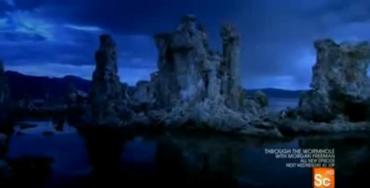 arsenic. She searched and found the microbe that is able to withstand these high levels of arsenic. Arsenic resembles phosphorus and it tricks our cells into exchanging one for the other. The result is fatal. However, these microbes were able to take in high levels of arsenic, and this would make these organisms seem alien to life on Earth. Freeman states “They do not fit on our tree of life.” These bugs could be from a separate genesis from our own. This would show that life has happened more than once on Earth.
arsenic. She searched and found the microbe that is able to withstand these high levels of arsenic. Arsenic resembles phosphorus and it tricks our cells into exchanging one for the other. The result is fatal. However, these microbes were able to take in high levels of arsenic, and this would make these organisms seem alien to life on Earth. Freeman states “They do not fit on our tree of life.” These bugs could be from a separate genesis from our own. This would show that life has happened more than once on Earth.
Is life a “cosmic norm”? Where do the seeds of life come from? Freeman says the answer “could be out of this world.” Planetary scientist Benjamin Weiss has pieces of Martian rocks and “he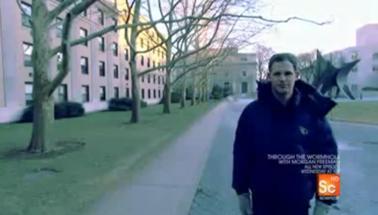 believes that microscopic Martians may have hitched a ride on some of them.” One Martian rock, ALH84001, is a Martian meteorite that was knocked off of Mars and landed on Earth in Antarctica during the last great bombardment. The rock is magnetized, and this means that there must have been a global magnetic field on Mars 4 billion years ago. Our own magnetic field protects us from the sun. Weiss believes that 4 billion years ago Mars had an atmosphere which would have supported life. Mars is smaller than Earth so it would have cooled faster than Earth. Life on Mars could have evolved faster than life on Earth.
believes that microscopic Martians may have hitched a ride on some of them.” One Martian rock, ALH84001, is a Martian meteorite that was knocked off of Mars and landed on Earth in Antarctica during the last great bombardment. The rock is magnetized, and this means that there must have been a global magnetic field on Mars 4 billion years ago. Our own magnetic field protects us from the sun. Weiss believes that 4 billion years ago Mars had an atmosphere which would have supported life. Mars is smaller than Earth so it would have cooled faster than Earth. Life on Mars could have evolved faster than life on Earth.
Freeman leaves us with these thoughts; “You and I are the latest chapter of a story that has been unfolding for billions of years. How that story begins is still unknown. Did comets seed the Earth with the raw ingredients of life. Was Mars our original birthplace before we jumped to a new planet, or are we the Earth’s second or third incarnation of life. Aliens might be living among us. We might all be Martians. In the end, the stuff of science fiction might lead us to a cosmic truth, and answer that eternal question how did we get here?”
Thank you for reading about this episode of “Through the Wormhole”. Please feel fr ee to leave comments or suggestions. The next episode Freeman talks about what we are made of, and it delves into particle physics. It is sure to be a blast to write about!
ee to leave comments or suggestions. The next episode Freeman talks about what we are made of, and it delves into particle physics. It is sure to be a blast to write about!
Feel free to leave a comment here or click my avatar to visit me on Twitter. Thank you.
RedOne68 (Sandra)

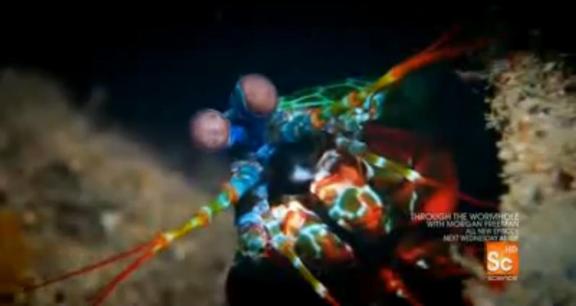
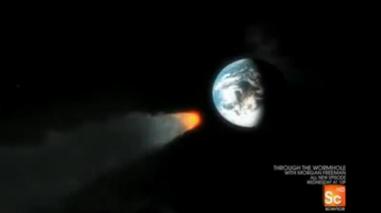
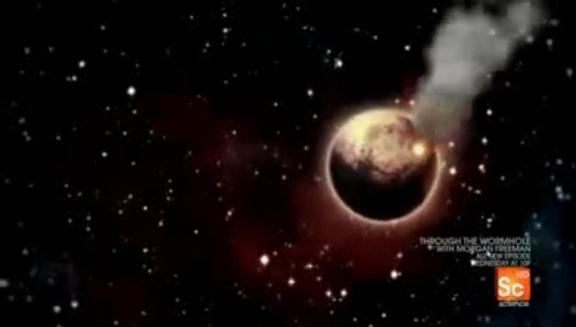




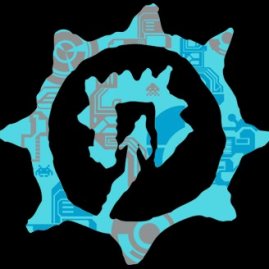


Good post. I just wanted to say that I have really enjoyed reading your blog posts.
OH.MY.GAWD..AWESOME!! aaah this is amazing hunny! xox
aaah this is amazing hunny! xox